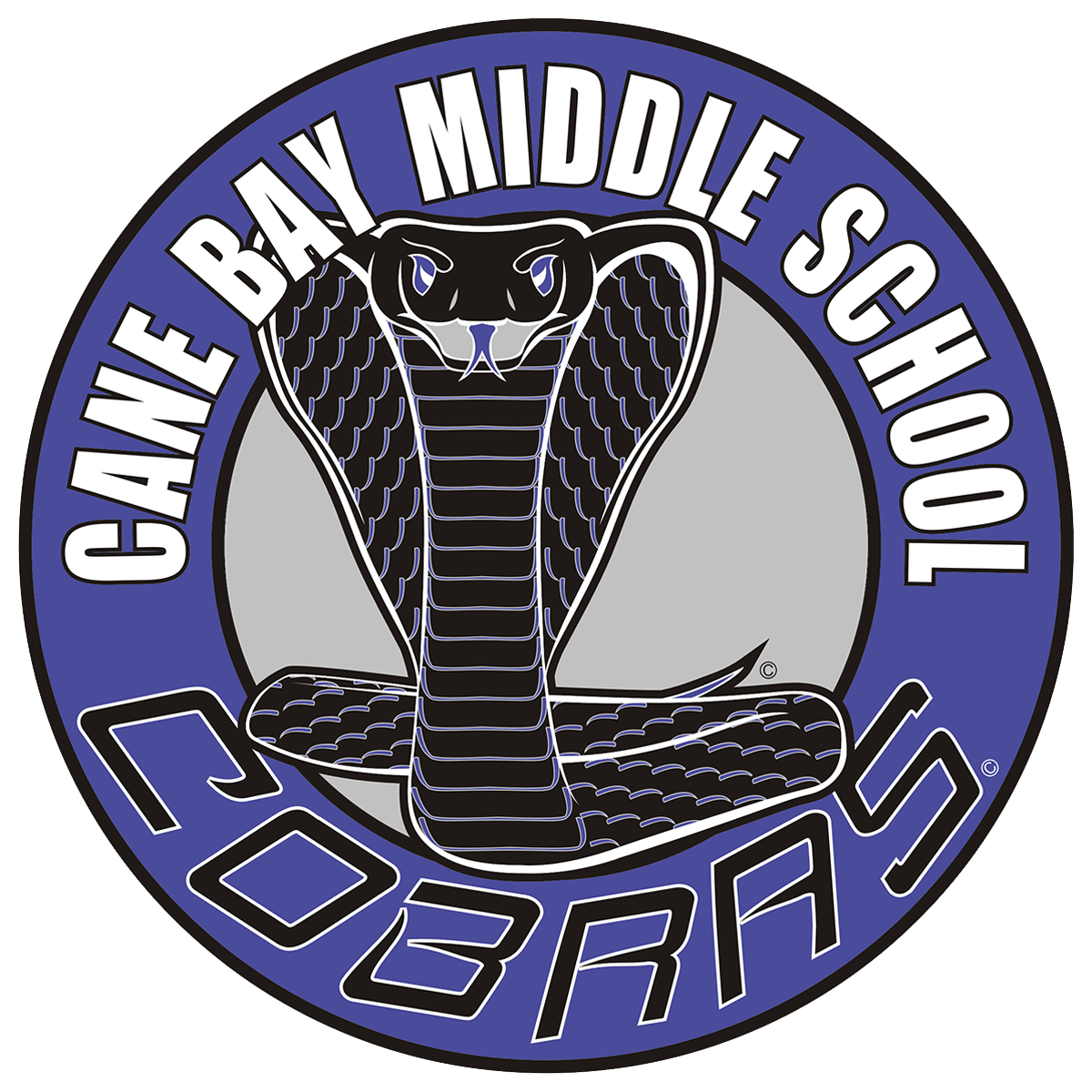This activity was all about making writing for middle schoolers more fun.
Truly, Rebecca Croskey’s creative writing class, in general, is meant to get her students more excited about writing, and open some doors to careers that involve writing.
Her last class of the day at Cane Bay Middle consists of eighth-graders focusing on poetry, fiction and journalism, and last week the students participated in a mini-unit on the history of writing technologies.
“I’m trying to get them away from thinking writing is just sitting with books and paper,” she said.
On Sept. 6, the students rotated through different stations to try out the different writing modalities, such as sticks and clay, painting on papyrus, and writing with calligraphy brushes, quills/fountain pens as well as modern pens. They also made paper from scratch the previous week using a concoction of newsprint and water.
The fountain pens overall were probably the biggest hit; one student said it felt like a “sophisticated” form of writing. A couple even asked where to buy such pens. Croskey also said a lot of them liked the feather quills because of the novelty of seeing different colors of ink.
Croskey was able to acquire the materials after getting a $1,000 grant through an Ed Tech company called Class Tag; this summer, the company asked teachers to share their stories about what they teach and why they need supplies – Croskey said the company plans to create some sort of documentary that shows how important public information is and how much teachers spend out of pocket for classroom items.
Croskey had an interview with the company and talked about her creative writing class, which is still a brand new program at Cane Bay Middle. She used some of the funds on the recent mini-unit and plans to use the remaining money on some additional items for her classroom later.
“I also shared how important it was to me that I give students a space to discover and share their voices, to help them recognize their own strength and power,” she said. “I was very fortunate and was able to secure their grant to help buy anything I needed for my program.”
Croskey is hopeful that her creative writing class will be a capstone course that sets students up to start running school media opportunities, like a literary magazine. She said she currently envisions the program as a five-year plan in terms of growth; in this time frame, the first focus is helping students to acquire basic writing skills within each genre (poetry, fiction, journalism, etc.). As the program builds and students elect to participate in the class, Croskey said she wants to grow it into parallel courses in creative writing and journalism: creative writers would not only hone their craft, but also solicit, edit, and publish submissions from community stakeholders, while journalists would do the same for feature stories or nonfiction pieces that might be submitted, as well as run a regular column and/or report on the news around the school.
Croskey added she would like to see the journalist students learn more about, and report on, local current events in the Cane Bay community. She eventually aims to start taking students to the annual South Carolina Scholastic Press Association conferences and submitting their work for recognition at the middle school level; membership in that organization connects students with other writers across the state and gives them the opportunity to receive additional feedback and support.
All this would further prepare Cane Bay Middle students for courses they could continue to explore at the high school level.
The added bonus is it gives students a voice.
“They have stories to tell, lives they are living – they have so much to offer,” Croskey said. “It's my hope that this course will also serve to spark and interest so that if they do want to explore this as a career, then they've gotten a taste of what it might be like and can continue their exploration in high school.”



